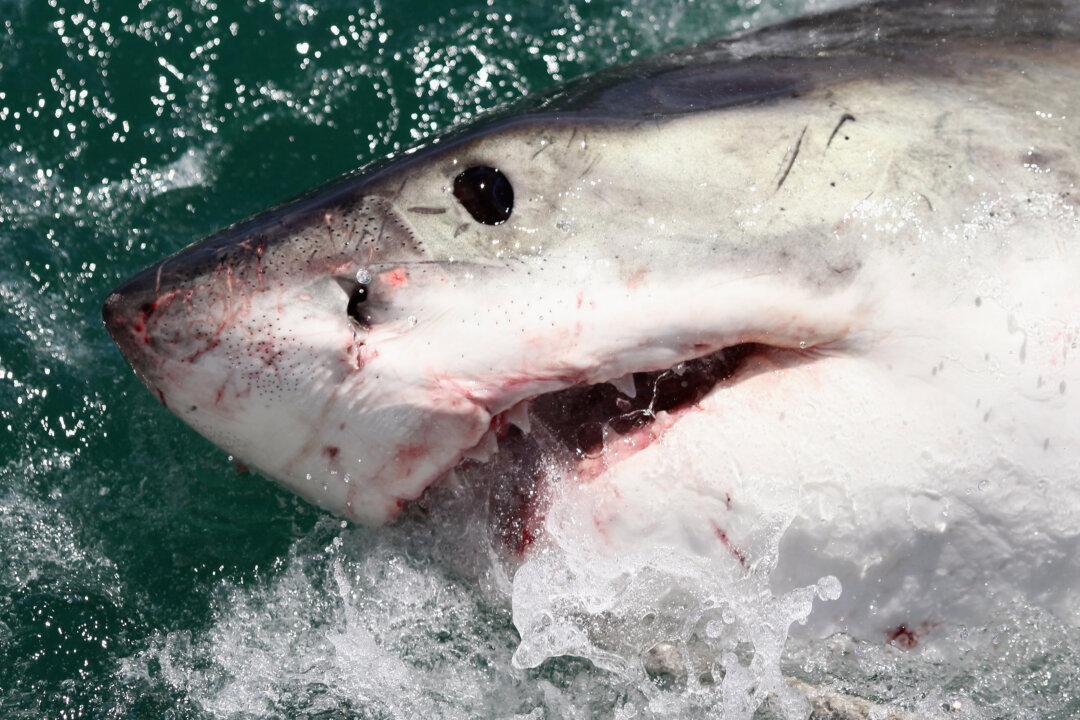Researchers have revealed new evidence suggesting what happened on the day the dinosaurs went extinct.
A new study led by the University of Texas Institute for Geophysics (UTIG) at Austin found the asteroid that killed the dinosaurs 66 million years ago created massive tidal waves that shifted hundreds of feet of rocks into the impact crater it left behind.





